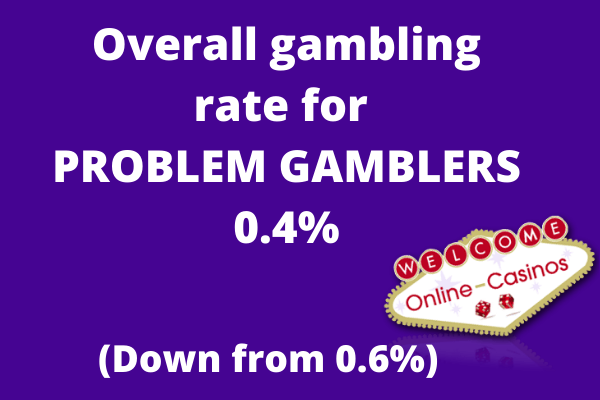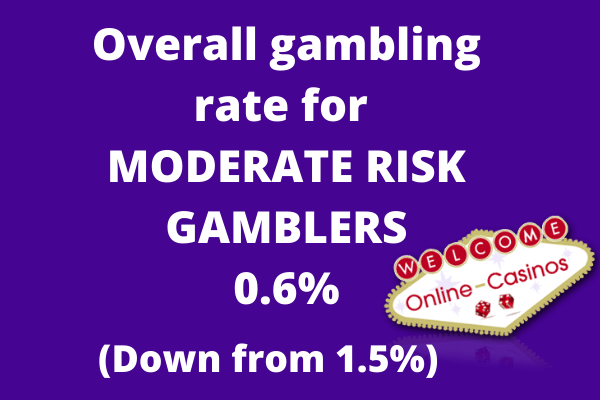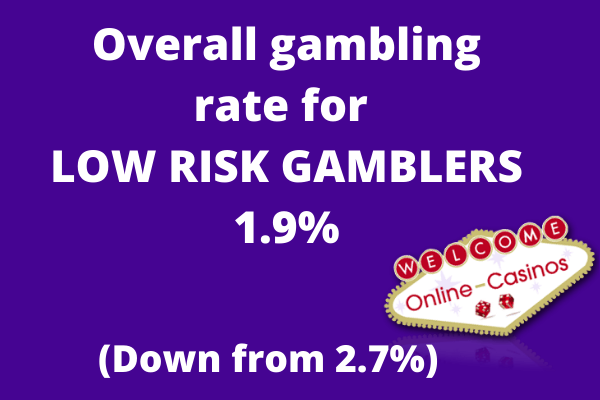Yes, you read that properly. It might be worded badly, but it got your attention and that’s what matters because we’re here to talk to you about an important issue with gambling: addiction.
You can get addicted to anything, but gambling is one of the notorious addictions. It’s one that gets a lot of attention, just like drugs and alcohol addiction. That’s because, when gambling addictions get out of hand, they cause huge amounts of harm. People lose their families, their friends, their homes.
It’s a bad place to be.
This is why so many people are shining the spotlight on gambling addiction lately. There are all sorts of initiatives to help gambling addicts before it’s too late.
We’ve talked about some of these before:
 
-
- High street banks now let you block gambling transitions.
- Banning gambling sponsorship for sports teams.
- Mandating casinos that operate in the UK to have self-exclusion policies.
- Support services to people who develop a gambling problem.
Here, we’re just a review site for the UK’s casinos, but even we have to adhere to strict rules, such as including information about where you can go to get help.
Given all these initiatives, how big is the problem of problem gambling now?
You’ll be pleased to know that problem gambling actually reduced in 2020/2021. I found this statistic surprising because I thought coronavirus would have led to an increase in gamblers and, consequently, an increase in problem gamblers.
But the Gambling Commission found that participation in gambling was 40% (i.e., 40% of people gambled in this period), which is a 7% decrease compared to the year before.
What about problem gamblers?
The Gambling Commission distinguishes four different groups of gamblers:
- Problem gamblers – these are people who experience harm from their gambling habits.
- Gamblers at moderate risk of gambling problems – these are people whose gambling habits haven’t yet affected their lives, but they are at risk of it affecting them.
- Gamblers at low risk of gambling problems – this group have some signs that they may develop a problem in the future, but their gambling is still within their control.
- People whose gambling habits don’t appear to show any signs of a problem.
The stats (source: The Gambling Commission)

Although the rate of problem gamblers is down by 0.2% compared to the previous year, it’s not statistically significant. That means the relationship isn’t strong, but fingers crossed that it does reflect a general trend.

For moderate gamblers, the relationship is much stronger. There’s been a definitive decrease in the number of people falling into this group.

Again, this shows a clear downward trend that is statistically significant.
Across the board, the initiatives being used by the government and industry bodies are having an effect on people’s gambling habits.
Summing it up
Overall, problem gambling seems to be lessening over time. Around 1 in 200 people has a gambling problem. That may not seem too high, but when scaled up across the UK, that’s a large number of people who are struggling.
Gambling is fine in moderation, but it’s important to understand more about the issues of problem gambling. Familiarise yourself with the help available, but also with the reasons why gambling can lead to addiction. The following article is a good read for those of you that want to learn more about gambling addiction.

1 thought on “How big a problem is the actual problem of problem gambling actually?”